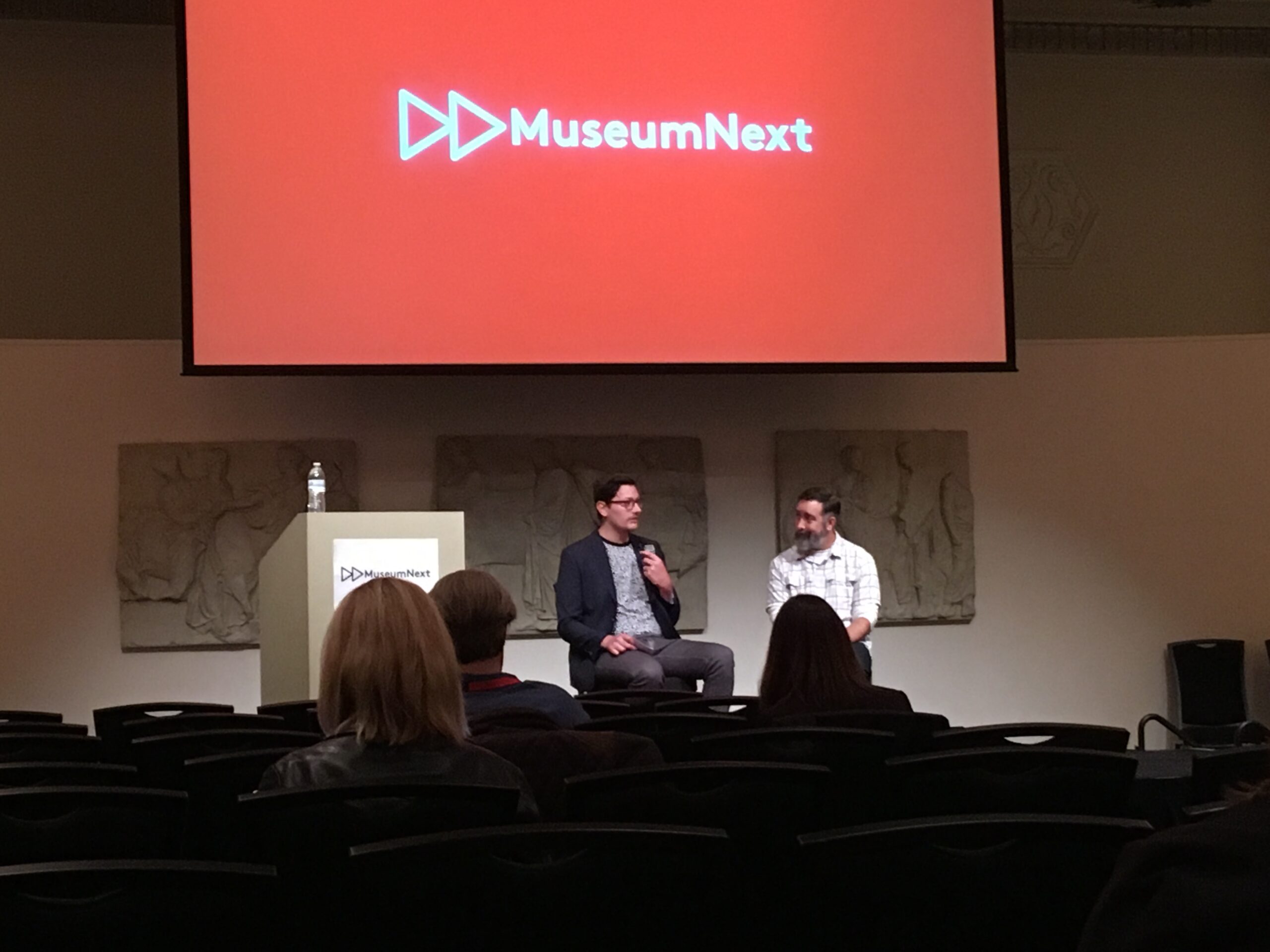Share this article! Silicon Valley ideas about incubators and accelerators are seeping into old guard cultural institutions like museums and art galleries. I dropped in on Day one of MuseumNext, an international museum conference underway this week at the Portland Art Museum. The sessions focused on leveraging tech, big data and startup culture to help … Read more
Silicon Valley ideas about incubators and accelerators are seeping into old guard cultural institutions like museums and art galleries.
I dropped in on Day one of MuseumNext, an international museum conference underway this week at the Portland Art Museum. The sessions focused on leveraging tech, big data and startup culture to help museums thrive.
One of the sessions featured a conversation between Portland tech guru Rick Turoczy and Brendan Ciecko, CEO of Cuseum, a platform that powers mobile apps and digital tools for museums.
“As the culture of startups becomes more ingrained, being willing to take on these risks can be more beneficial,” Turoczy said.
Startups breaking into the cultural sector include Ciecko’s Cuseum, Sketch Fab, a 3D publishing platform, and Dexbit, a data analysis tool for museums and galleries.
Audience members questioned whether museums should risk cash on startups.
Turoczy said no, but that they could explore other ways to provide resources, like making coworking space available or offering one-time grants instead of investments.
Other highlights from MuseumNext’s tech session:
Kids today would rather tool around on their phones than stare at museum exhibits. In an attempt to overcome this challenge, the Oregon Museum of Science and Industry (OMSI) collaborated with AKQA, a Portland-based design firm, to teach 40 ten to fourteen year-olds the design process. They created a headquarters for “SOLVE” a secrete agency complete with a hand scanner, redacted documents, and emergency alarms.
“Tech should be there to augment, not distract from the learning experience,” said Dave Laubenthal, director of creative services at OMSI. “That’s a fine line.”
 The OMSI and AKQA team discuss a project to engage young audiences
The OMSI and AKQA team discuss a project to engage young audiences
Art Historian Jess Hoare discussed an experiment she conducted using wearable technology to measure emotional engagement in museums. She measured skin conductivity, heart rate, and body temperature to discern when guest were stressed — they felt the guards were watching them — or soothed — they were examining a landscape.
Given the beneficial physiological effects, she asked, should doctors prescribe museums visits?



